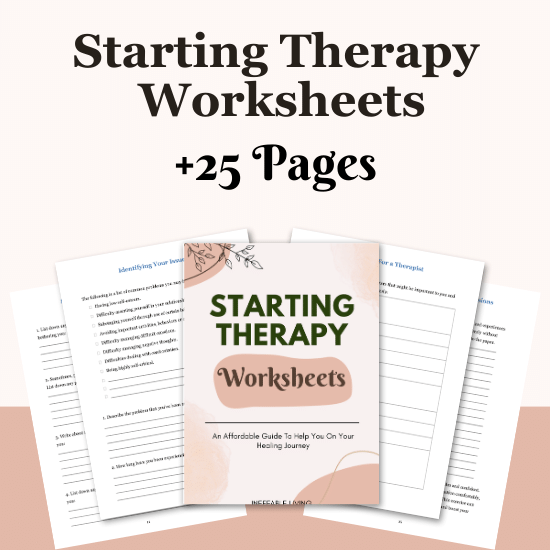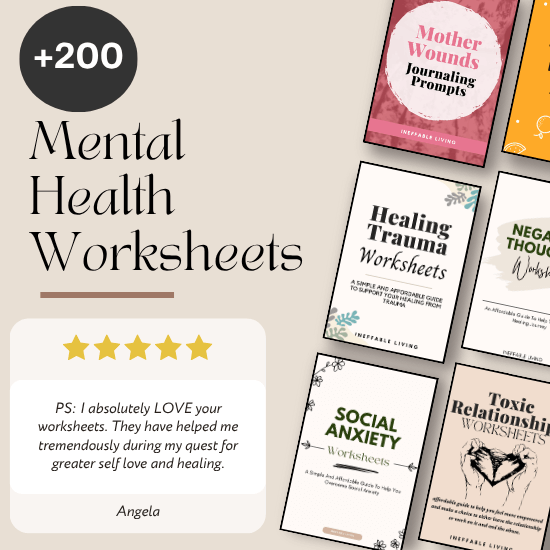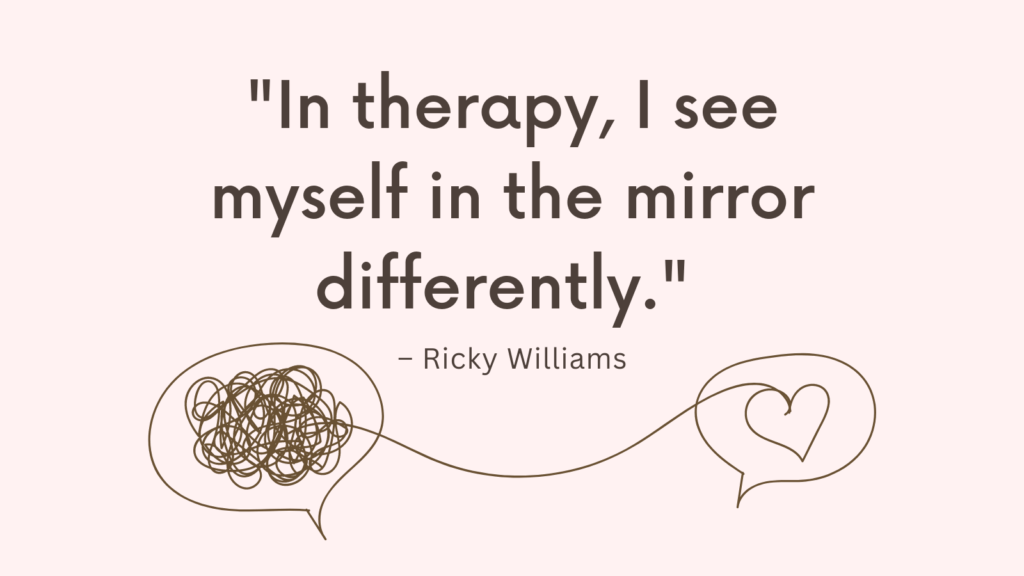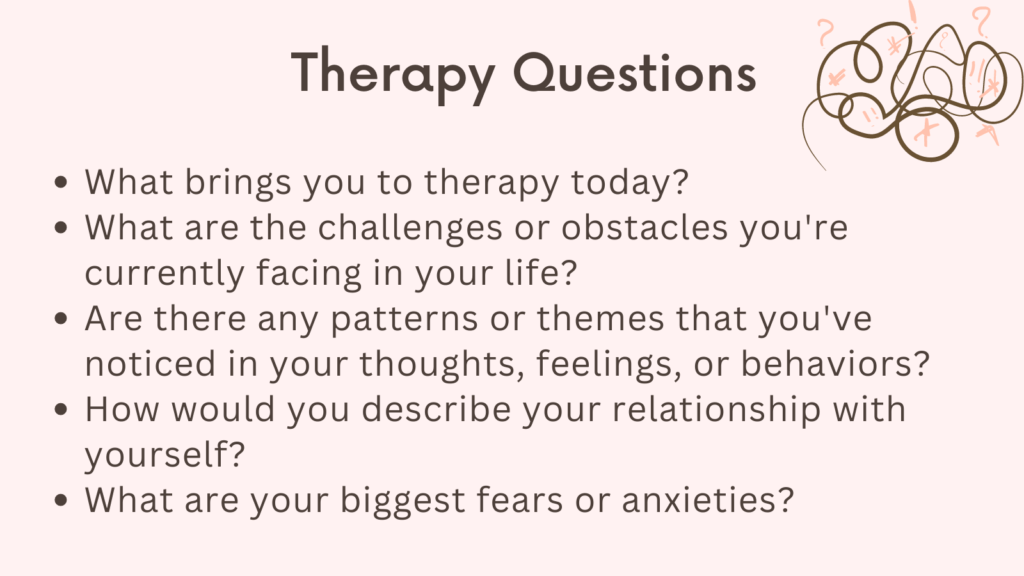If you’ve spent most of your life bottling things up, staying strong, or avoiding vulnerability, therapy can feel like foreign territory. You sit down, your therapist asks, “How are you feeling?” — and suddenly your mind goes blank. You want to open up, but you don’t know where to start or how to let the words out. That’s okay. Opening up is a process, not a performance. Here’s how to begin — even if talking isn’t easy for you.
Why Talking Feels So Difficult in Therapy
If you’re not used to opening up, talking in therapy can feel awkward, exposing, or even unsafe. This hesitation isn’t a flaw—it’s a reflection of:
- Growing up in environments where emotions were minimized or ignored
- Not having space to express yourself without being interrupted, judged, or punished
- A history of masking, pleasing, or staying silent to feel accepted
- Trauma that taught your body to freeze or go quiet when emotions rise
- Lack of experience naming your feelings, needs, or thoughts out loud
Your silence isn’t resistance—it’s protection.
Related: How to Reach Out to a Therapist for the First Time?
How to Open Up in Therapy When You’re Not Used to Talking
1. Start by Saying, “This Is Hard for Me”
You don’t have to dive into deep emotions right away. Simply saying, “I’m not used to talking about myself” or “I don’t know how to start” is an honest and brave first step.
2. Write It Down First
If saying things out loud feels intimidating, try journaling before your session. Bring your notes or read from them — it takes the pressure off having to find the right words in the moment.
3. Use Short, Simple Statements
You don’t need a detailed story. Try: “That made me feel small.” “I’ve been angry all week.” “I don’t know what I feel — just that I feel off.” These small truths open big doors.
4. Share What You Don’t Want to Say
Sometimes the most powerful entry point is admitting what you’re avoiding. Try: “There’s something I want to talk about, but I feel scared to say it.” That honesty is enough to start.
5. Let Silence Be Part of the Process
Silence isn’t failure — it’s space. You don’t need to fill every second. A good therapist will sit with you, patiently, while you gather your thoughts.
6. Talk About the Present Moment
You don’t always have to dig into the past. You can simply start with what’s happening right now: “I feel tense sitting here.” “My chest feels tight.” The present is a doorway to deeper reflection.
7. Use Metaphors or Images
If direct words feel too raw, use comparisons: “It feels like I’m carrying a backpack full of rocks.” “It’s like there’s a storm in my head.” Metaphors often express what language can’t.
Related: What To Talk To Therapist About: Top 35 Topics
8. Notice and Name Physical Sensations
Our bodies hold emotions. Try: “I feel a lump in my throat,” “My shoulders are tense,” or “I want to cry but I can’t.” Physical awareness helps translate emotion into words.
9. Ask Your Therapist to Help Guide You
It’s okay to say, “Can you help me figure out how to talk about this?” Your therapist is trained to gently lead — you don’t have to do it all yourself.
10. Be Patient With Your Own Process
There’s no timer on vulnerability. Opening up takes time, safety, and self-trust — all of which can grow inside the therapy room. Go at your own pace.
Related: How to Overcome Fear of Therapy?

Conclusion
You don’t have to be a storyteller or a deep feeler to benefit from therapy. You just have to show up with honesty, even if that honesty is, “I don’t know how to do this yet.” That’s not a failure — it’s a beginning. And beginnings are where all real healing starts.



